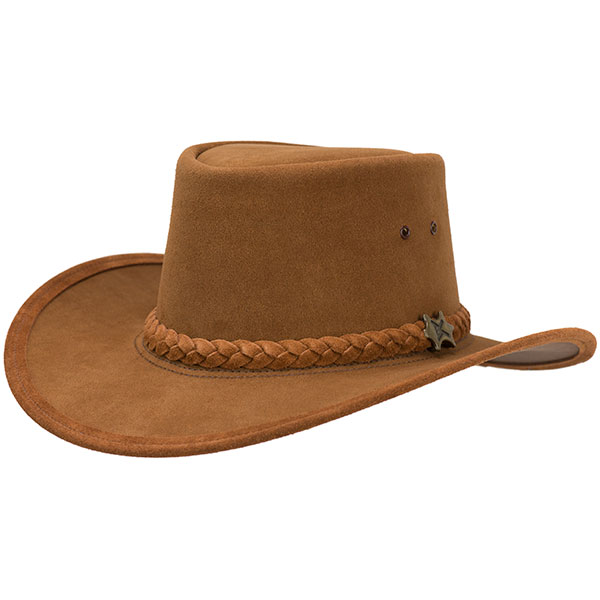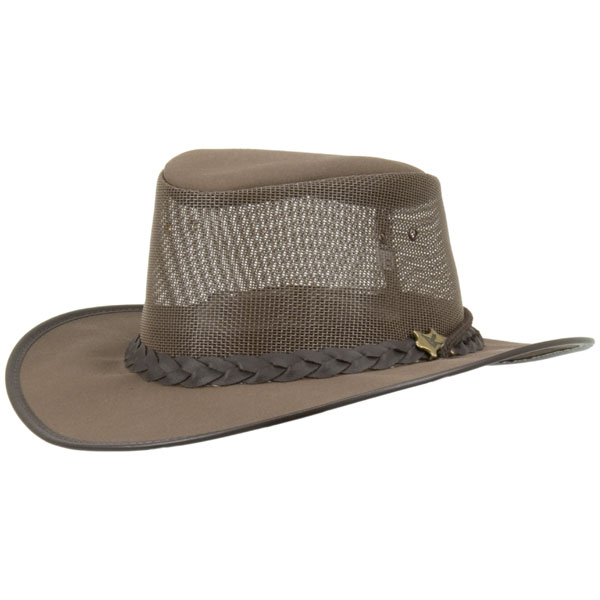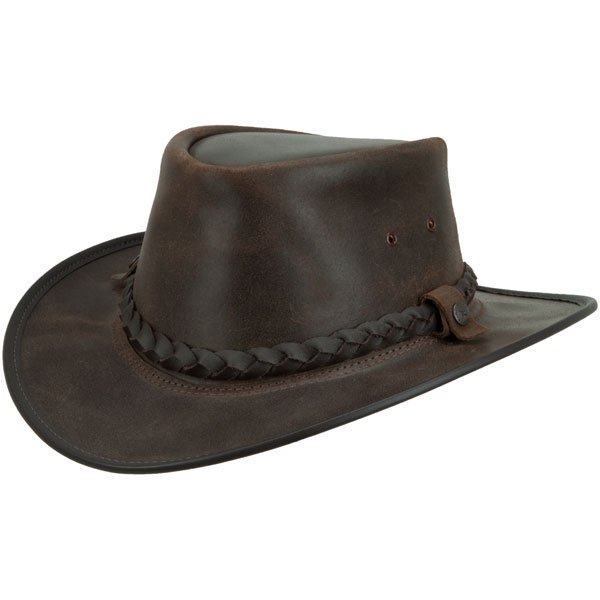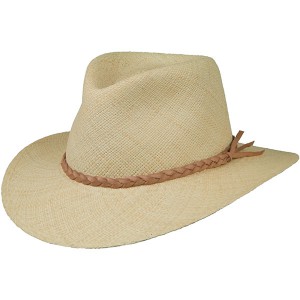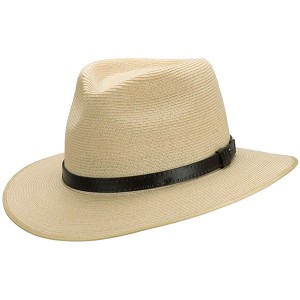Our friend, Adam Winrich, is always showing off new and amazing whipcracking techniques.
Check out this one:
LEARN MORE ABOUT:
Our friend, Adam Winrich, is always showing off new and amazing whipcracking techniques.
Check out this one:
LEARN MORE ABOUT:
For over 18 years, David Morgan has proudly sold BC Hats. Bill’s Stockman leather hat was the first of its kind in Australia and he perfected a way to add a wire to the brim allowing the hat to become “shapeable”. Today his original design and construction method is world renowned and the quality of a B.C Leather hat is still unsurpassed.
Unlike fur felts, leather hats can be rolled up and stowed in bags and backpacks. Any scratches or marks on the leather are not to be considered flaws. They occur naturally and are merely proof of its authenticity. The more wear you see on the leather, the more it becomes “your hat” as it develops its own individual shape and character. The brim also has a wire for you to shape it as you want.
To care for a leather BC Hat, the company recommends that you periodically treat it with leather dressing or saddle soap. Our Pecard Leather Dressing is outstanding for this. Also, avoid extreme heat such as a campfire or inside a car. This can shrink the hat. As much as you might want to dry that hat out after a days hike in the rain, keep it away from the fire! If you wish, you can apply a waterproof spray.
LEARN MORE ABOUT:
Our website has been redesigned and is now much more mobile friendly.
David’s favorite phrase for helping a hat customer was, “Buy the hat that winks at you.” Why such simple advice? Why not use the drawings on the Internet that compare face shapes with hat shapes?
David believed that you look best in a hat that you like, regardless of how it fits proportionally. We have many customers that come into our store wanting the Adventurer. And why not? With the Indy Bash it has a style of its own. Your head might be considered “too small” for a hat with such a wide brim and tall crown, but if you feel good wearing it, you will radiate that feeling. It becomes a part of you. You do not become a part of the hat.
We also have people with large heads who want to wear the stingy-brimmed Hampton. It gives the modern look that many younger men (and women) enjoy.
If you are looking for a hat that fits proportionally to your head size and face shape, by all means use the drawings online. A well-proportioned hat looks fantastic, and will complement what you wear. But if you are magically drawn to a hat, go ahead and wear it, regardless of its proportions.
LEARN MORE ABOUT:
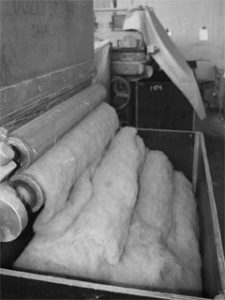
If you’ve ever wondered just how a fur felt hat is made, Akubra has the entire process on their website. Beginning with processing rabbit fur to the final finishing of the product is shown in a series of videos.
Watch the whole thing here, it’s amazing what goes into a hat!
With summer just around the corner, you may want to consider getting a lighter hat than your regular, Akubra fur felt.
Our Darwin Panama is a big seller. It is different from other straw hats, as it has the Aussie style brim that drops in the front and back. The kangaroo leather band is braided here at David Morgan. There is no other straw hat like it.
Spring has arrived in Bothell and the flowers are blossoming everywhere you look. Here is just a small sample of the amazing sights available on a small walk around David Morgan.
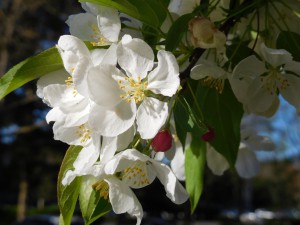
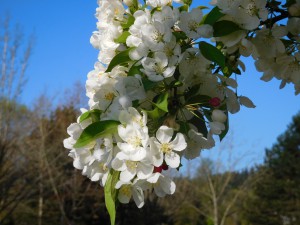
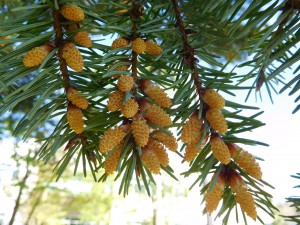
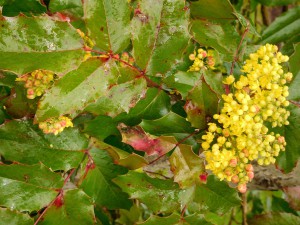
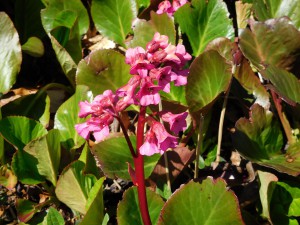
Australia’s former deputy prime minister, Tim Fischer took a hike on Mount Jack, Victoria, Australia. He underestimated the time and realized that he would be forced to spend the night in bushland near Dederang.
“One Akubra hat, one AA code coat and one apple from Stanley kept me going all night,” he said.
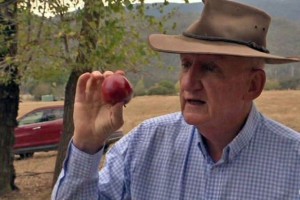
That Cattleman looks like it’s held up over the years!
Read the full story here.
LEARN MORE ABOUT:
With spring arriving in many parts of the country, it’s time to bring out your straw hat made of either toquilla fiber or hemp. We’ve got a new style this year from Akubra. It’s also made of hemp, like our Range and Planter, but it’s got a finer weave, which gives it a more refined look.
LEARN MORE ABOUT:
David Morgan has recently begun to advertise on the Cornell Lab of Ornithology. This is a wonderful site that features live cameras at nesting and feeding sites throughout the US and Canada.
The Ornithology Lab has plenty of information for anyone interested in birds and birding. They are always looking for participants, so get involved if you’re interested!
Here is a link to the site.
